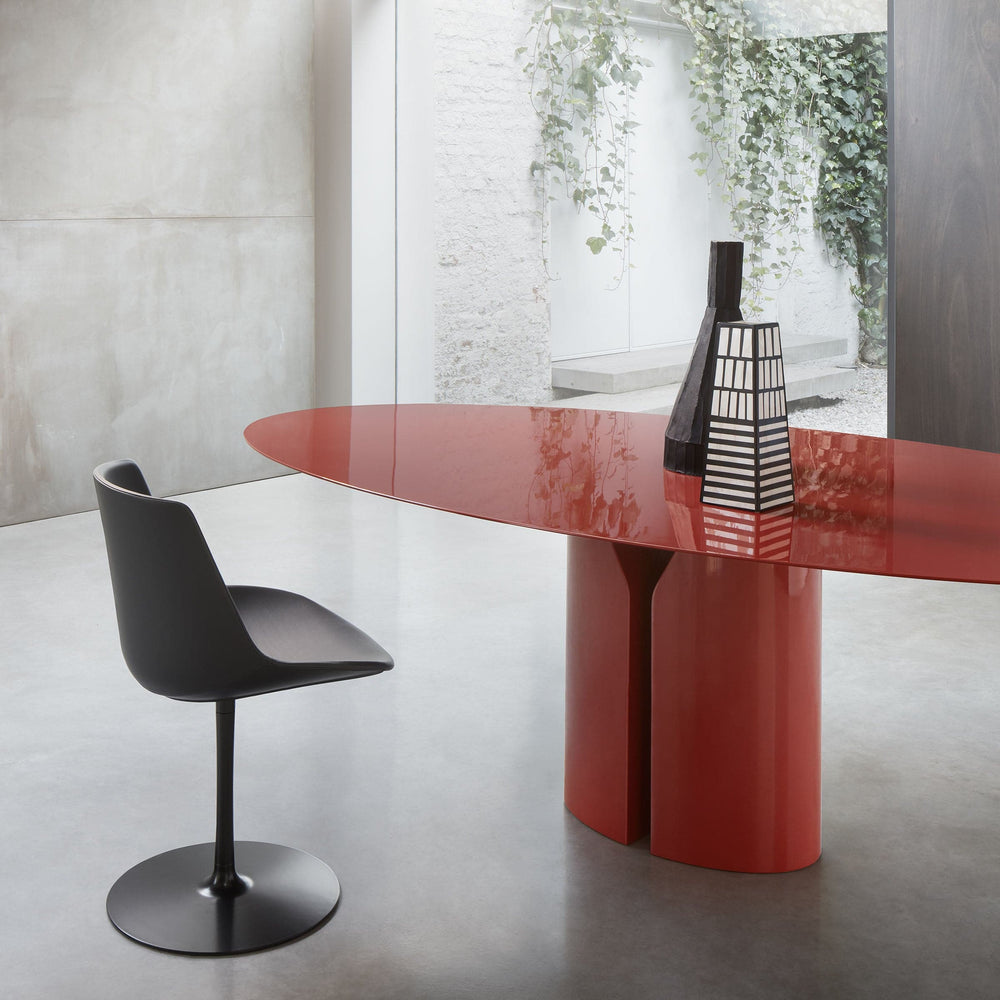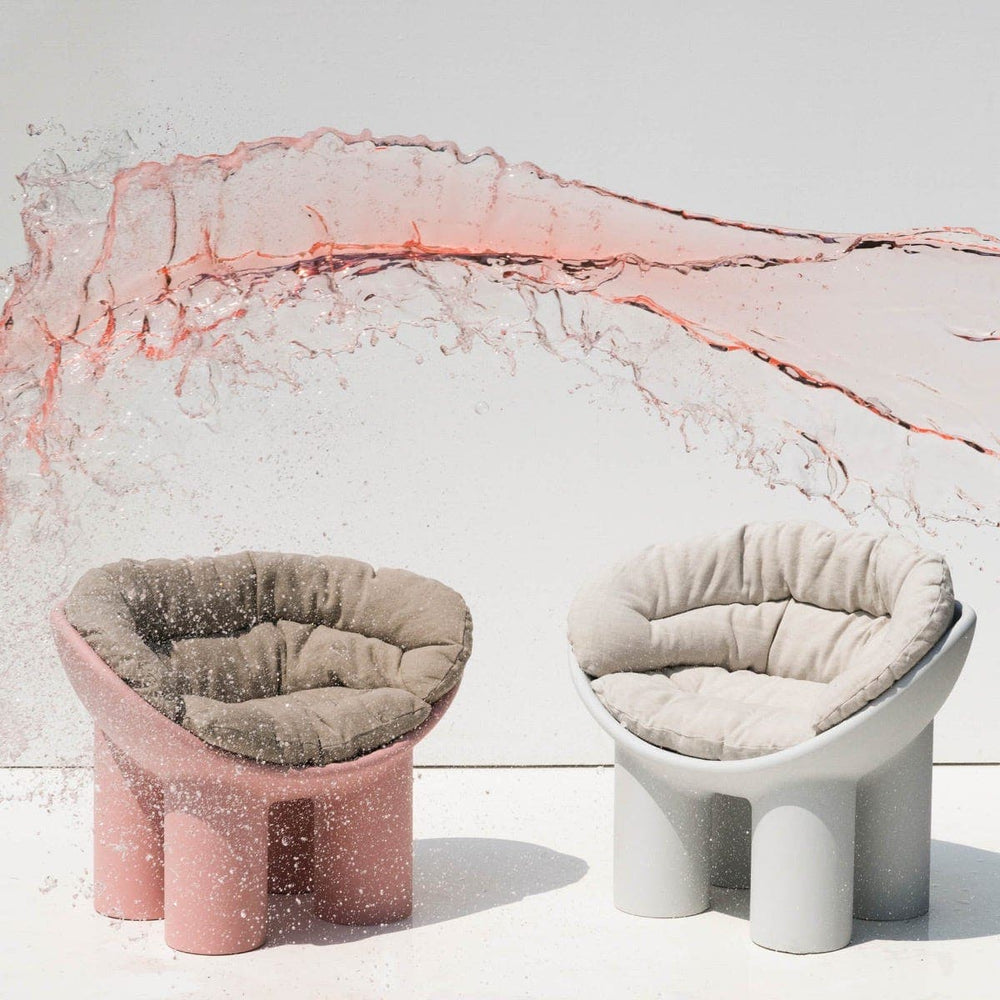Andrea Branciforti talking about the sicilian ceramics tradition
The MAG 08/22
INTERVIEW by Cristina Morozzi

Andrea Branciforti, CEO and founder of Improntabarre, interviewed by Cristina Morozzi, talks about sicilian ceramics tradition. Read the whole interview.
Since the 1960s in Caltagirone, Sicily, Ceramiche Branciforti has been keeping the local ceramics tradition alive by modeling terracotta figurines.
Andrea Branciforti, a new-generation architect from Palermo with a focus on industrial and furniture design, discovered a passion for ceramics thanks to his family, so much so that he made it a chapter of his thesis.
He learned the technique from his father, a graduate of the Academy of Fine Arts, but decided to dedicate himself to a modern form and founded his company, Improntabarre, where his sister Simona also works.
Branciforti is president of ADI (Associazione of Industrial Design) in Sicily and collaborates with Sicilian companies including Orolavico, a dynamic young company that specializes in lava stone and for which he has created a collection of service plates. He also lectures for art academies and craft associations.
CM:
What does it mean to dedicate oneself to modern pieces but inspired by timeless local traditions?
AB:
It means changing techniques, abandoning earthenware with its classic reddish color, and using white paste which involves a different process, through casting. We are forerunners with this technique in a market based on tradition.
CM:
Who inspires you?
AB:
I consider Ugo La Pietra a master of what he called “soft design”, which is respectful of local traditions. But Ettore Sottsass is the one who most influenced and convinced me to head down a contemporary path, without leaving behind my connections with local tradition. I met Sottsass in Palermo when he came to have a sketch made for a wayside shrine. But the real spark was his Tantriche ceramics exhibition in Trieste. Thanks to his pieces, I learned through my creations to give testimony to modernity and how much we live day to day day by day. He also taught my irony and the value of empathy and iconic objects.
CM:
What are some creations that are emblematic of your approach to design?
AB:
Centerpiece Etna: five stackable serving dishes and on the top, as a container, a bowl. But perhaps the most representative piece of my creative approach is the fruit bowl-vase Triplex, which is inspired by Giò Ponti's centerpieces for Italian embassies around the world, but is modern with a space to place your cell phone.
Then there’s “the phantom gesture”, or a light gesture of touching, a movement whose trajectory is unknown, which comes from the use of the cell phone (open an app, zoom in, scroll). These are habitual gestures which craftspeople who work with clay have always used. With this project of mine I try to make visible the sign of movement through the clay, which in its fluid form is able to “memorize” movements and preserve them in time once they’ve dried. The trajectories and fluid movements left imprinted become objects later. These “phantom gestures” also are a nod to childhood and to the fun of touching the food on your plate, which was inspired by my twin six-year-old sons.
















